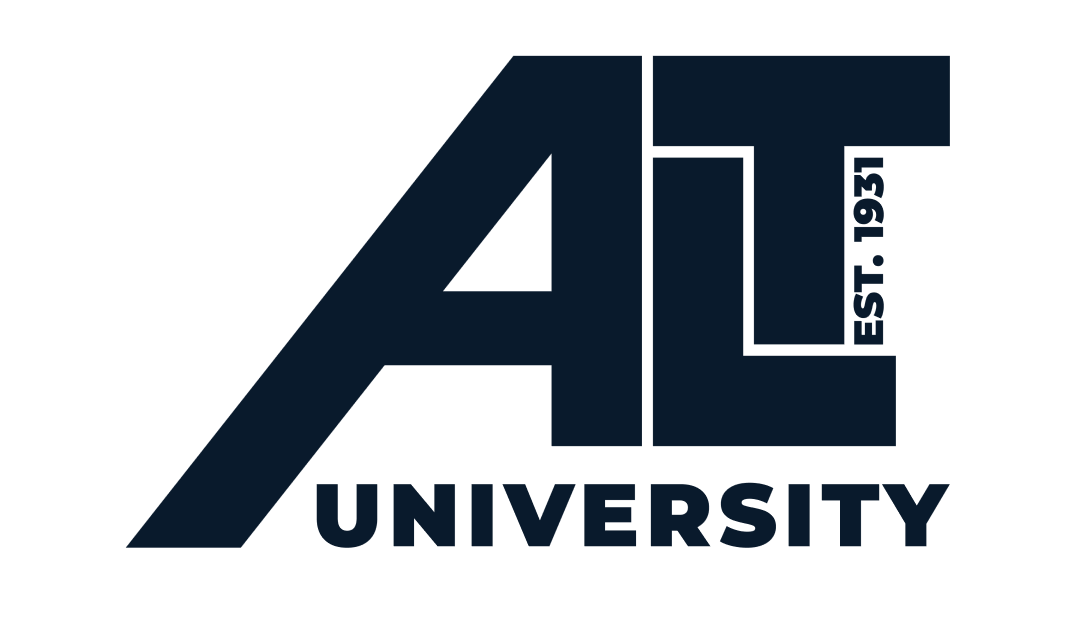One of the latest innovations in the field of education is the possibility of distance learning using electronic online courses.
The transition of education to the Internet began in the 2000s with the advent of open online courses, where lectures recorded by world-famous universities were freely available. The demand for such educational services was extremely high, and by 2008 a fundamentally new educational method was formed, called MOOC (massive open online courses).
What is a MOOC?
The abbreviation MOOC consists of four separate terms
Mass: this form of online learning is not limited by geographical location and involves the participation of a large number of students.
Open: Online learning is free for everyone.
Online: Distance learning courses are conducted using online communication tools. All materials are freely available electronically.
Course: structured and organized presentation of information with specific goals, work rules and time constraints.
What distinguishes MOOCs from other online courses and traditional teaching methods.
MOOCs are not just distance learning courses, but a separate teaching methodology that includes a wide variety of activities. And like all techniques, MOOCs have their advantages and disadvantages.
Advantages of Online learning and MOOCs
MOOC Courses
Interactivity.
Contrary to popular misconception, online learning does not imply a lack of feedback from students. On the contrary, MOOCs allow you to use many communication channels not only with the course teacher, but also with other participants of the class.
Useful connections.
In modern online courses, students have the opportunity to organize communities in which they not only share knowledge with each other, but also act as reviewers. As a rule, each participant of the distance course has to check the work of several students. Their own classes are also checked by several student auditors. Thus, a group of students is formed who are interested in the topic of the course or advanced training in a particular field.
Each student has a unique opportunity to deepen their understanding of the chosen topic and make interesting and informative acquaintances by getting first-hand information.
Prompt feedback and evaluation
After passing the work, students almost immediately receive an assessment of their knowledge. At the same time, every student of online education is given the opportunity to retake and rewrite tests.
The best teachers in the world
Online training is conducted by the best qualified teachers from the most famous universities in the world. All distance learning students also have the opportunity to communicate directly with the teacher.
Free online training.
The word “open” in the name of the MOOC itself means “free”, i.e. conditionally free. In principle, listening to the course itself or participating in the tasks is free. However, even if there is a fee, the cost of the MOOC course is not comparable with the cost of full-time study and corresponds to a symbolic fee.
The latest specialties.
The labor market is developing rapidly. Specialties that are not yet taught in traditional universities have been around for a long time and are in increasing demand. Online courses allow you to quickly respond to market changes and offer the best training programs to date.
Structured delivery.
Modern means of communication allow you to optimize the presentation of information, make it concise and easy to understand. For example, a short video is much more acceptable to the audience than a long lecture. The extensive flow of narration, united by the subject topic of the course, is divided into short, easily digestible sections of knowledge.
Flexible training schedule.
Each course is time-limited, which allows students to create a convenient learning schedule. Lectures can be viewed later, and if the topic is unclear, you can review it again. Homework can also be done at a convenient time and at a convenient pace.
A mixed online learning system.
A variety of materials are used in distance learning: MOOC distance courses are not limited to video clips, but are supplemented with links to various sources, including text documents, audio files and discussions in forums and social networks. Such a system not only increases the visibility of the material, but also develops students’ ability to navigate the flow of information and independently extract the necessary knowledge.
Disadvantages of Online Learning and MOOCs
Massive Open Online Courses
The MOOC system is aimed exclusively at the voluntary acquisition of knowledge by the student and assumes a high degree of self-discipline and motivation. Therefore, the disadvantages of online education include the following
Independent acquisition of course material.
The task of distance learning courses is to provide students with all the necessary information for independent learning of the material. If during full-time study, students can directly contact the teacher after a lecture or even during reading, then this function is limited in MOOCs. One presenter cannot answer the questions of thousands of listeners.
There is no complete control over the execution of tasks.
The completion of the task and the final accreditation are fully entrusted to the student. It is not difficult to deceive the system, but only the student himself can decide why he needs a certificate of completion of training.
For whom is a distance learning system over the Internet suitable?
Internet courses provide access to all types of education. You can get higher education online at any university in the world and become the owner of a confirmation certificate.
If you are already getting a higher education and want to gain additional knowledge in your chosen field, you can improve your qualifications remotely.
If the chosen field of activity does not suit you, you can retrain remotely. The topics of MOOC online courses are incredibly wide.



